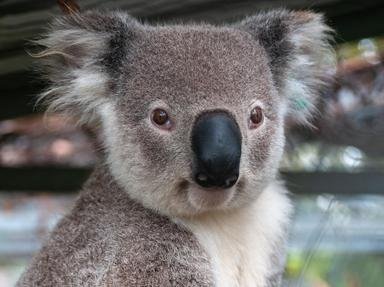Quiz Answer Key and Fun Facts
1. This egg-laying mammal is definitely not as scary as the mythological monster it is named after
2. This endangered creature is the world's largest surviving carnivorous marsupial
3. This snake's rather threatening common name implies it belongs to a different family
4. You might be surprised to learn that this impressive-tailed bird is related to sparrows, crows and magpies
5. Though not related to felines at all, this carnivore was once called Australia's native cat
6. One of this rather intimidating lizard's weapons is its powerful, whip-like tail
7. This bad-tempered, potentially dangerous bird is one of the largest in the world
8. Australia is home to many deadly snakes, but this one has been proved to be the deadliest of them all
9. This sweet-sounding arboreal mammal has become popular as an exotic pet
10. In Australian slang, the name of this widespread pink and grey bird has acquired a derogatory connotation
Source: Author
LadyNym
This quiz was reviewed by FunTrivia editor
rossian before going online.
Any errors found in FunTrivia content are routinely corrected through our feedback system.
